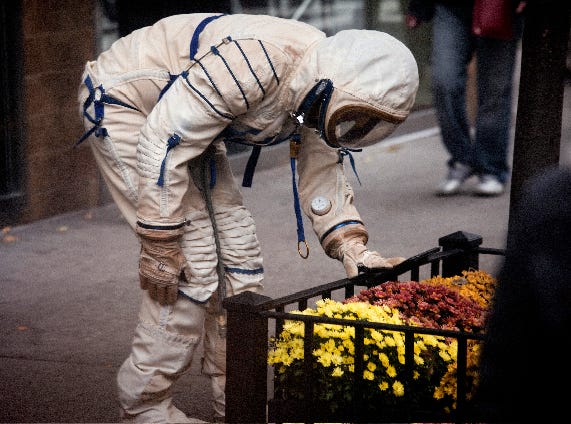Issue 117 - 30th March 2021
In this edition, I try to get my head around NFTs, and work out why it's bad to walk with your 'phone. Plus some nostalgic reminiscences about cassette tapes, and some amazing drone footage whizzing around a bowling alley. The masthead is another from a series called Lost Astronaut by Alicia Framis. I only found the source of …
Keep reading with a 7-day free trial
Subscribe to That Space Cadet Glow to keep reading this post and get 7 days of free access to the full post archives.


